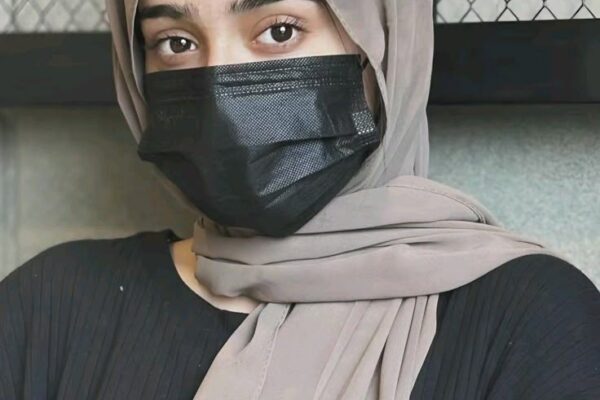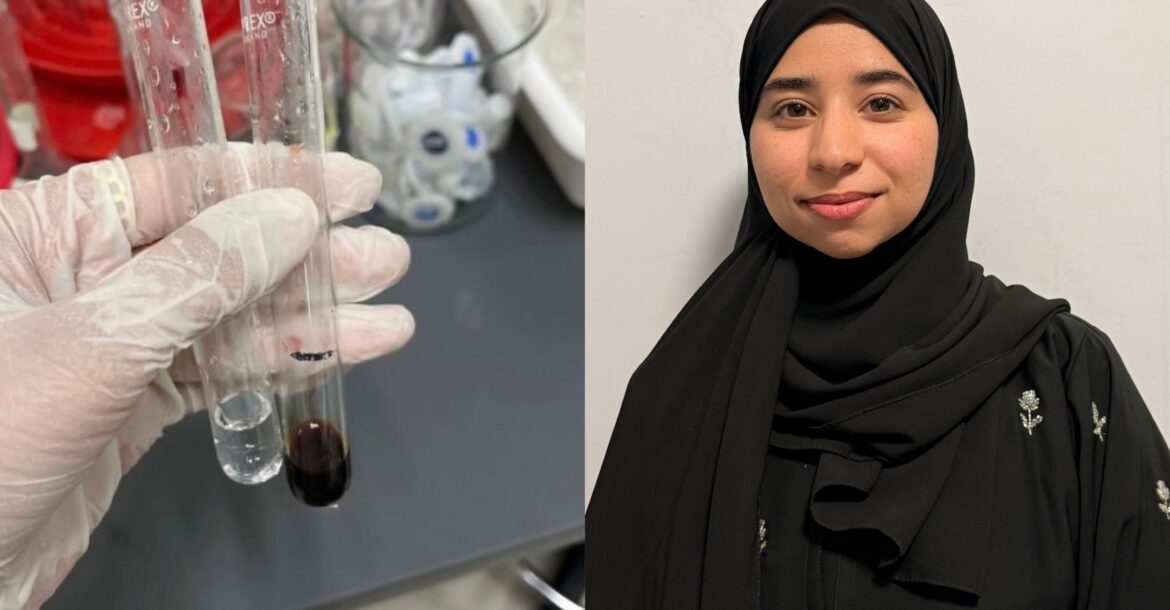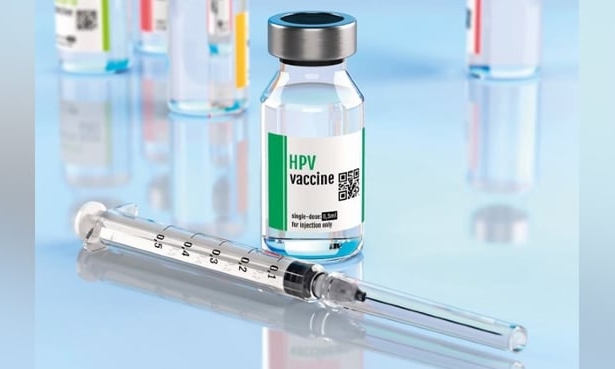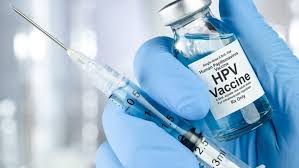In an inspiring breakthrough for medical science, an Omani student creates cancer treatment based on genetically modified bacteria, marking one of the most remarkable strides in biotechnology and oncology research from the region. The discovery has attracted global attention not only for its innovative methodology but also for the potential it carries to improve cancer therapy worldwide.
A Groundbreaking Discovery
The research stems from years of dedication by a young talent from Oman whose work reimagines how bacteria can be engineered to counteract cancer cells. Scientists and medical experts have been experimenting with microbiology for decades, but this approach offers a precision pathway. By modifying certain bacteria to target tumors directly, the innovation ensures minimal damage to surrounding healthy cells.
The phrase Omani student creates cancer treatment has now become a symbol of hope in academic and health communities, illustrating the potential of youth led research in solving the toughest health challenges.
The Science Behind the Innovation
The treatment uses genetically altered bacteria designed to penetrate cancerous growths. Scientists engineered these microbes to release therapeutic proteins directly into the tumor environment. This process restricts tumor growth. Unlike chemotherapy, which often causes harmful side effects, this method works in a highly localized way and lowers risks for patients.
International scientists reviewing the study have referred to it as a “paradigm shift” in experimental oncology. For the first time, biotechnology and microbiology have merged so effectively in the hands of a young researcher that Omani student creates cancer treatment is not merely a headline it is a tangible medical advancement.
Why the World Is Paying Attention
Cancer remains one of the leading causes of mortality globally. Despite advancements in targeted therapies and immunotherapy, access and affordability remain persistent challenges. What stands out about this discovery is the promise of providing comparatively cost effective treatment options that can be scaled internationally.
Medical researchers emphasize that the breakthrough could be especially critical for regions with limited healthcare infrastructure. The fact that an Omani student creates cancer treatment at a time when the world is desperately searching for affordable cures underscores the significance of this achievement.
Global Reactions and Recognition
The student’s research quickly spread across international academic journals, with several institutions offering collaboration in further trials. Media outlets celebrated the breakthrough not only as a national success for Oman but also as a milestone in the global fight against cancer.
Various conferences have already extended invitations to the young researcher, while biotech firms are exploring ways to support clinical trials. There is palpable excitement in the medical community, as the moment highlights how innovation can come from unexpected corners of the world. Headlines declaring that Omani student creates cancer treatment have, in fact, started conversations about empowering young scientists worldwide.
Trials and Future Prospects
The project is still in its early phases. Initial laboratory results are highly promising, showing successful shrinkage of tumor cells when treated with the modified bacteria. Next steps involve controlled animal studies before progressing toward human clinical trials.
If successful, this pioneering treatment could revolutionize oncology by introducing an inexpensive, effective, and patient friendly therapy. The phrase Omani student creates cancer treatment may soon transition from being a news story to being a real life medical option that saves countless lives.
The Role of Youth and Innovation
Beyond the medical implications, this achievement emphasizes the influence of motivated youth in reshaping the scientific landscape. By defying age and geographical limitations, the student has proven that innovation is not confined to wealthy nations or established laboratories.
Educational leaders in Oman expressed pride that such research has placed the country on the global science map. They believe that the success story will inspire students across the region to explore advanced fields of biotechnology. The fact that Omani student creates cancer treatment now links directly with groundbreaking science, showing the powerful role of emerging researchers Expert Opinions
Leading oncologists have weighed in on the discovery. Dr. Karim Al-Hassan, a leading cancer specialist in the Middle East, described the findings as “a glimpse into the future of oncology.” He emphasized that bacterial modification could address the limitations of toxic therapies that compromise patients’ immune systems.
Similarly, researchers in Europe and North America praised the methodology, while cautioning that the road from laboratory success to public healthcare application is lengthy. Nonetheless, the impact of hearing that an Omani student creates cancer treatment has already given the academic world a much needed morale boost.
National Pride and International Spotlight
In Oman, the achievement sparked nationwide celebrations. News outlets highlighted how the breakthrough reflected the talent and potential of Omani youth. National leaders emphasized that such innovation aligns with the country’s vision of promoting research, science, and global collaboration.
The story reached international platforms and highlighted proof that extraordinary scientific advancements come from more than just the countries traditionally seen as hubs of innovation. The repeated focus on the fact that Omani student creates cancer treatment resonated around the globe, shifting perspectives about the untapped potential of young scientists in developing regions.
Implications for the Future of Cancer Care
If doctors validate this discovery and introduce it to patients, the breakthrough could spark a new generation of microbial-based therapies. These treatments would be personalized, targeted, and far less toxic than current options. Researchers also see optimism in the speed with which the approach can adapt to different cancer types.
In many ways, the phrase Omani student creates cancer treatment will serve as a reference point in the history of medical progress, reminding the world that innovation knows no boundaries of age, geography, or background.
Conclusion
The achievement of an Omani student who developed a cancer treatment using genetically modified bacteria shines as a beacon of hope, not just for the medical world but for humanity at large. While researchers must still conduct further studies, the pioneering work already shows the transformative power of scientific creativity.
This remarkable breakthrough goes beyond being a scientific success—it tells a story of resilience, vision, and the immense potential that today’s youth carry. In the coming years, medical science may look back at this moment as the start of a new chapter in oncology, when the headline Omani student creates cancer treatment moved from an inspiring breakthrough to a lifesaving reality.















